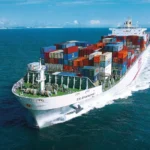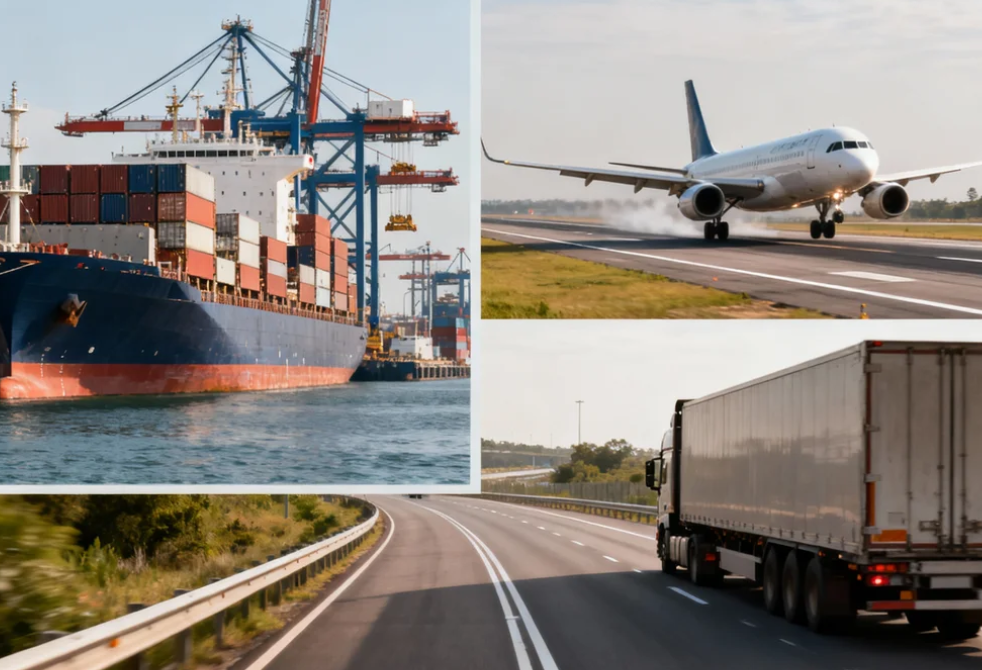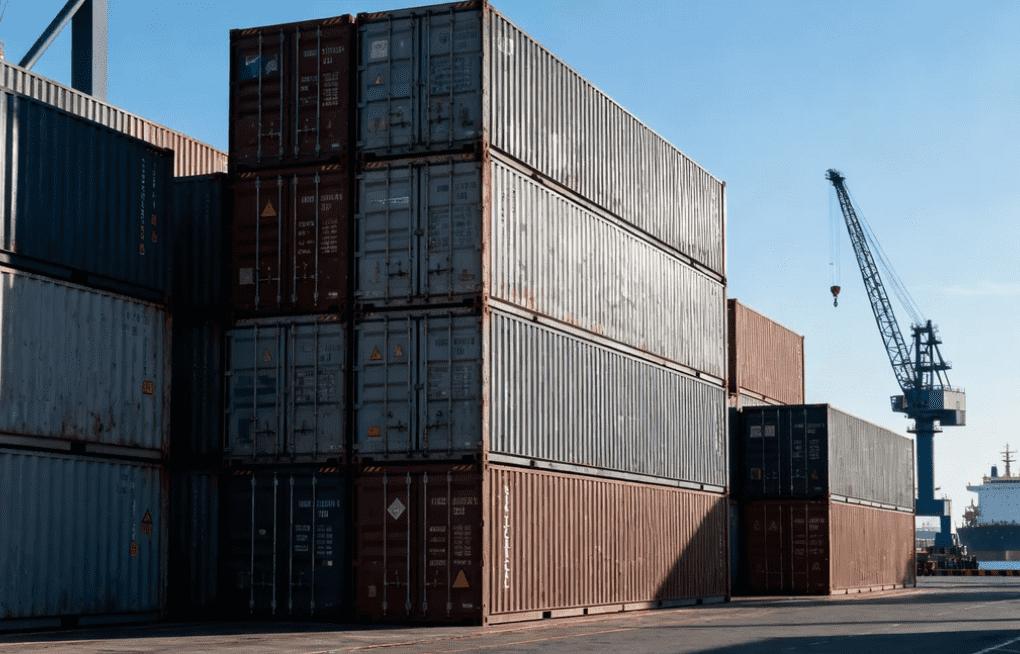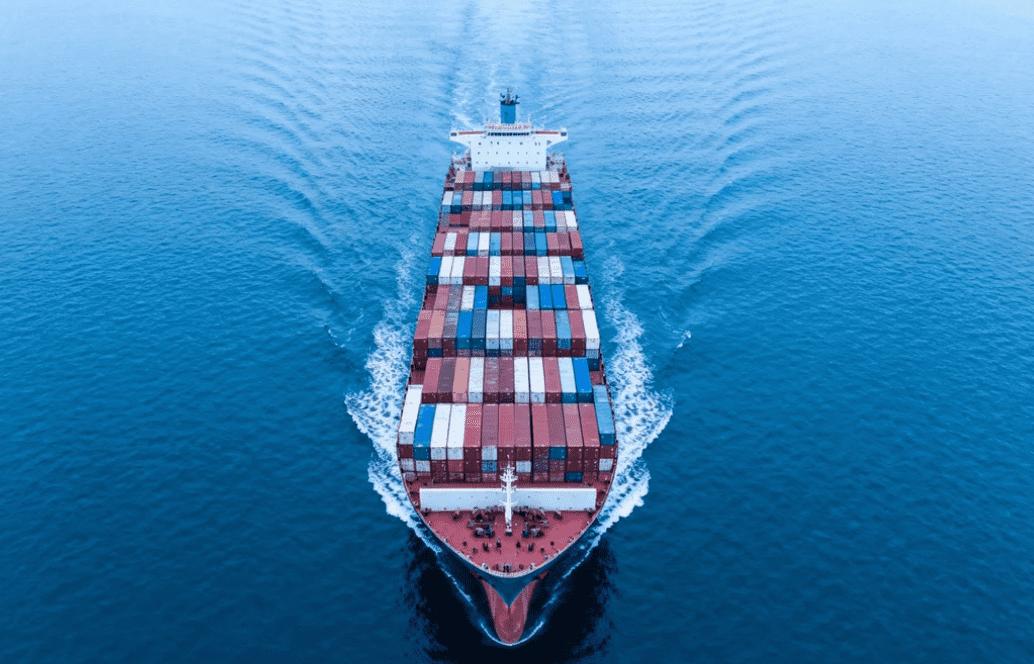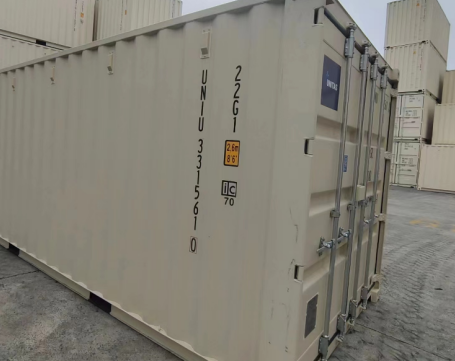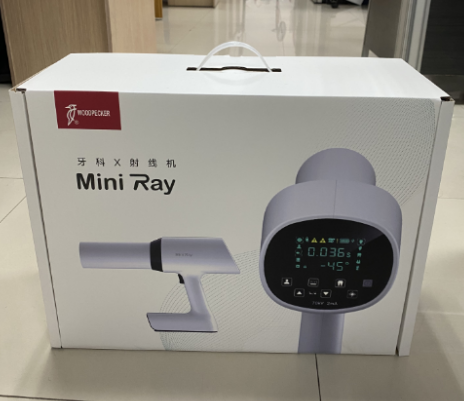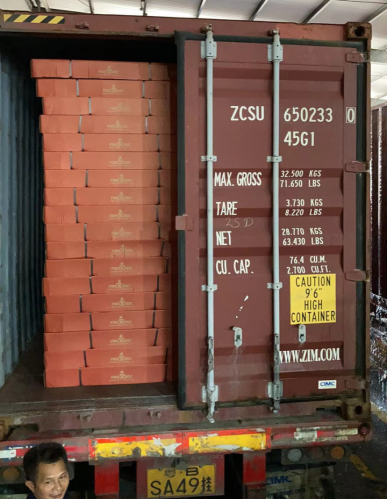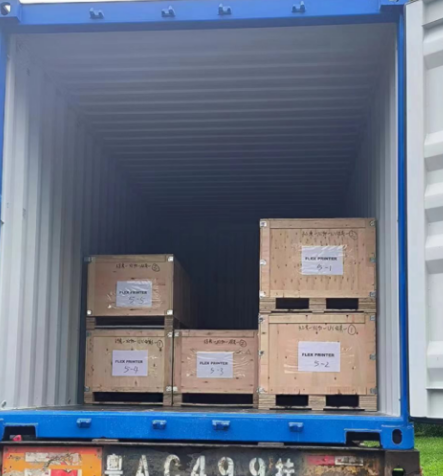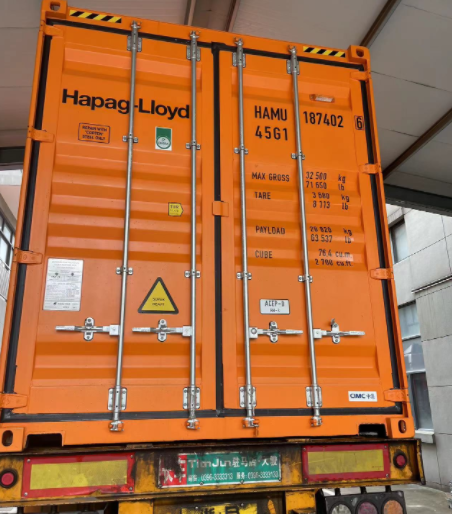Are you struggling to decide between LCL and FCL shipping for your small cargo?
Understanding the differences can be crucial for optimizing your shipping strategy. In this comprehensive guide, we’ll explore the fundamentals of LCL (Less than Container Load) and FCL (Full Container Load) shipping, highlighting their unique advantages and factors to consider when making a choice. Whether you’re looking for cost-effective solutions or enhanced security, we’ve got the insights you need to make the right decision for your business.
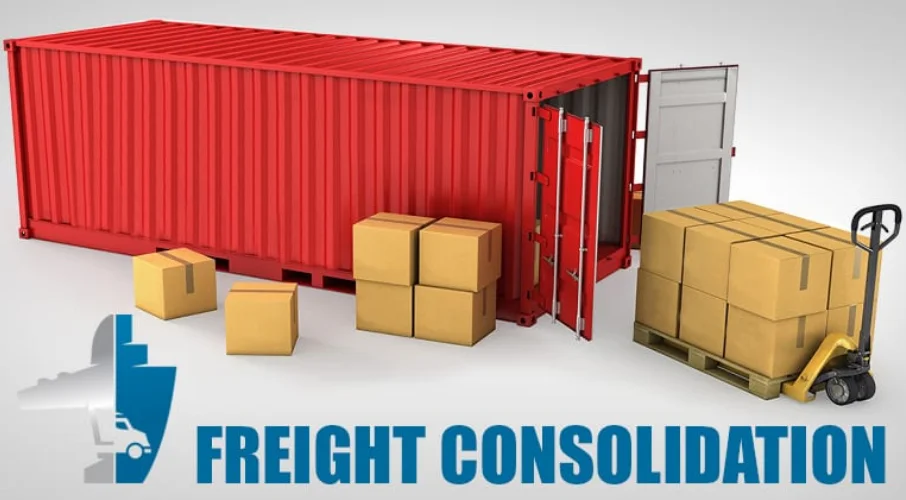
Understanding LCL and FCL Shipping
Definition of LCL Shipping (Less than Container Load)
LCL Shipping, or Less than Container Load, refers to the transportation of cargo that does not occupy an entire shipping container. This method is particularly beneficial for businesses that need to ship smaller quantities of goods. In an LCL shipment, multiple shipments from different customers are consolidated into one container, allowing for shared shipping costs. This option is ideal for small to medium-sized businesses that may not have enough cargo to fill an entire container, enabling them to access international shipping services without incurring exorbitant costs.
According to recent data from the International Maritime Organization (IMO), LCL shipments account for approximately 30% of global sea freight volumes, highlighting its significance in international trade. The flexibility and cost-effectiveness of LCL shipping make it an attractive option for many importers and exporters looking to streamline their logistics. For more insights on the differences between LCL and FCL, check out our article on what is LCL and FCL in shipping.
Definition of FCL Shipping (Full Container Load)
FCL Shipping, or Full Container Load, involves the transportation of goods where the entire container is utilized by a single shipper. This means that a business fills the entire container with its products, providing a dedicated space for their cargo. FCL shipping is often the preferred choice for larger shipments, as it offers benefits such as lower per-unit shipping costs, quicker transit times, and reduced risk of damage.
The advantages of FCL shipping stem from its economies of scale; shipping a full container usually results in a more cost-effective transportation solution, especially for larger businesses with high volumes of goods. According to a report by Statista, in 2021, approximately 70% of global sea freight was moved via FCL, demonstrating its dominance in the logistics industry.
Advantages of LCL Shipping for Small Cargo
Cost-Effective Solutions for Smaller Shipments
One of the primary advantages of LCL shipping is its cost-effectiveness for smaller shipments. By sharing container space with other shippers, businesses can avoid the high costs associated with renting an entire shipping container. This is crucial for small and medium-sized enterprises (SMEs) that may operate on tighter budgets and require a flexible shipping solution. For instance, LCL rates can be significantly lower than FCL rates, depending on the volume and weight of the cargo.
Additionally, LCL shipping allows importers to pay for only the space they need, making it an economical option for shipping small quantities of goods. This option is particularly advantageous for businesses that import products infrequently or in smaller batches, as they can manage their cash flow more effectively. For information on LCL shipping rates, you can explore our guide on lcl shipping rates from china to usa.
Flexibility in Shipping Schedules
Another key benefit of LCL shipping is its flexibility in shipping schedules. Since multiple shipments can be consolidated into a single container, LCL services often offer more frequent sailing schedules compared to FCL. This allows businesses to ship their goods more quickly, responding to market demands without the need for large inventory stocks.
Moreover, LCL shipping provides the opportunity to adjust shipment volumes based on seasonal fluctuations in demand, enabling businesses to stay competitive without incurring unnecessary costs. For example, during peak seasons, businesses can increase their shipment frequency through LCL options, ensuring that their products remain available to meet customer needs.
In summary, LCL shipping offers significant advantages for small cargo, including cost savings and flexible scheduling. At Dantful International Logistics, we provide tailored LCL shipping solutions to meet the unique needs of your business, ensuring a seamless and cost-effective logistics experience. Our comprehensive services, including customs clearance and door-to-door delivery, are designed to support you every step of the way.
Advantages of FCL Shipping for Larger Cargo
Economies of Scale and Cost Efficiency
When it comes to shipping large quantities of goods, Full Container Load (FCL) shipping presents significant economies of scale. This shipping option allows you to utilize a whole container exclusively for your cargo, leading to more favorable shipping rates per unit. Because the freight cost is distributed over a larger volume, the average cost per item decreases, making FCL an ideal choice for businesses with substantial shipping needs.
For example, according to a recent shipping cost analysis, shipping a 20-foot container from Shanghai to Los Angeles costs approximately $3,000. If this container carries 1,000 units of product, the cost per unit drops to $3. However, if you were to ship the same volume via Less than Container Load (LCL), the cost could be significantly higher per unit due to handling fees and the nature of shared container space. Thus, for larger cargo shipments, FCL not only saves costs but also simplifies logistics management.
Enhanced Security and Reduced Risk of Damage
Another considerable advantage of FCL shipping is the enhanced security it offers. Since your cargo occupies the entire container, the risk of damage from other goods in transit is minimized. FCL shipping provides a controlled environment, reducing the likelihood of pilferage or accidental damage caused by shifting cargo.
This is particularly important for fragile or high-value items, as the container remains sealed until it arrives at the destination, ensuring that your cargo is protected throughout its journey. Additionally, with Dantful International Logistics, you can take advantage of our comprehensive insurance options, providing an added layer of security for your shipments. Our experts can help you tailor the best solutions based on your specific needs.
Read More:
- Shipping From China to the United States
- Shipping From China TO CANADA
- Shipping From China To Netherlands
- Shipping From China To UNITED KINGDOM
- Shipping From China To ALGERIA
- Shipping from China to UAE
- Shipping from China to Saudi Arabia
Factors to Consider When Choosing Between LCL and FCL
Volume and Weight of Your Cargo
When deciding between LCL and FCL shipping, the volume and weight of your cargo are crucial factors to assess. If your shipment is large enough to fill an entire container, FCL is clearly the more advantageous option. Containers typically come in standard sizes (20-foot and 40-foot), and understanding your cargo’s dimensions can help you determine the most cost-effective choice.
On the other hand, if your shipment is smaller and does not justify the use of a full container, LCL may be more appropriate. For instance, if you have 5 cubic meters of goods to ship, using LCL can help you avoid the higher costs associated with FCL. Calculating the total shipping volume prior to making a decision ensures that you select the option that maximizes your logistics efficiency.
Shipping Frequency and Schedule Requirements
Another essential factor when choosing between LCL and FCL shipping is your shipping frequency and schedule requirements. FCL shipping is often more efficient if you are shipping large volumes regularly. Shipping full containers means you can plan and schedule your shipments according to your business needs, potentially leading to quicker turnaround times.
Conversely, if your shipping needs are irregular or involve smaller quantities, LCL may provide the flexibility you require. This option allows you to ship as needed without the commitment of filling an entire container. Dantful International Logistics offers tailored shipping schedules that can accommodate both FCL and LCL demands, ensuring that your cargo reaches its destination on time, every time.
In summary, understanding the advantages of FCL shipping, along with the key factors to consider when choosing between LCL and FCL, is critical for optimizing your logistics strategy. By analyzing your cargo’s volume and weight as well as your shipping frequency, you can make informed decisions that enhance your supply chain efficiency and cost-effectiveness. For expert guidance tailored to your specific shipping requirements, consult with Dantful International Logistics, your trusted partner in global trade logistics.
How to Calculate Costs for LCL vs FCL Shipping
Understanding LCL Pricing Structure
When it comes to LCL (Less than Container Load) shipping, the pricing is generally based on the volume of cargo, typically measured in cubic meters (CBM), combined with the weight. LCL shipments are calculated using a pricing formula that includes a minimum charge, which often applies regardless of the size of the shipment.
Key Components of LCL Pricing:
- Cubic Meter Charge: Most freight forwarders will charge a per CBM rate. This rate can vary based on the shipping route and the nature of the cargo.
- Weight Charge: If the weight of your cargo exceeds a certain threshold, the pricing may shift from being based on volume to weight. This is known as the dimensional weight pricing model.
- Handling Fees: Additional fees may apply for loading, unloading, and handling at the shipping terminal.
- Destination Charges: There may be destination port fees, customs clearance fees, and other local charges that add to the overall cost.
Understanding FCL Pricing Structure
FCL (Full Container Load) shipping pricing is more straightforward compared to LCL. With FCL, you are renting an entire container, and the charges are based on the specific size of the container being booked, generally 20-foot or 40-foot standard containers.
Key Components of FCL Pricing:
- Container Rental Fee: This is a flat rate for renting the entire container for transport. The rate typically includes the cost of shipping the container to the destination port.
- Bunker Adjustment Factor (BAF): This additional fee accounts for fluctuations in fuel costs and is usually added to the base shipping rate.
- Terminal Handling Charges (THC): These fees cover the cost of handling containers at the ports of loading and discharge.
- Insurance Costs: While FCL shipments may have lower risks of damage, insurance is still advisable to protect your cargo against unforeseen circumstances.
Understanding the cost structure for both LCL and FCL is essential for making an informed decision when shipping goods from Shipping From China to USA or any other region.
Common Misconceptions About LCL and FCL Shipping
Debunking Myths Surrounding LCL Shipping
One common misconception about LCL shipping is that it is always the cheaper option for small shipments. While LCL can be cost-effective for small volumes, additional costs such as handling fees and longer transit times can sometimes make it more expensive than anticipated. Moreover, delays in consolidation and unloading can affect delivery schedules, which may not work for all businesses.
Another myth is that LCL shipments are significantly less secure than FCL. In reality, reputable freight forwarders, such as Dantful International Logistics, implement stringent security measures to protect LCL cargo. The potential risk of damage or loss is often mitigated by professional handling and insurance options.
Clarifying Misunderstandings About FCL Shipping
Another common misunderstanding regarding FCL shipping is that it is only suitable for large businesses that consistently require full container shipments. In fact, FCL can also be a viable option for smaller businesses that need to ship larger volumes periodically, as it often provides better security and a lower risk of cargo damage compared to LCL.
Additionally, some believe that FCL is always more expensive than LCL. While FCL generally has higher upfront costs, the cost per unit decreases with larger volumes. Therefore, businesses that anticipate future growth may find FCL to be the more economical choice in the long run.
Making the Right Choice for Your Business
Key Questions to Ask Before Deciding
When faced with the decision between LCL and FCL, businesses should consider several crucial questions:
- What is the total volume and weight of the cargo?
- How urgent is the shipment? Are there specific shipping schedules that must be adhered to?
- What is the budget for shipping, including potential additional charges?
- Is there a risk of damage during transit, and what measures can be taken to mitigate that risk?
By answering these questions, businesses can better align their shipping method with their operational needs.
Seeking Professional Guidance from Freight Forwarders
Navigating the complexities of shipping can be challenging, especially when choosing between LCL and FCL. Partnering with a trusted freight forwarder like Dantful International Logistics can provide invaluable support. Our team of experts offers tailored solutions, ensuring you choose the most cost-effective and efficient shipping method based on your specific needs.
By leveraging our comprehensive services—including Ocean Freight, Air Freight, Customs Clearance, and more—you can streamline your shipping process, reduce costs, and enhance your overall logistics strategy. For further clarity and assistance, reach out to us today for a consultation tailored to your business.

Young Chiu is a seasoned logistics expert with over 15 years of experience in international freight forwarding and supply chain management. As CEO of Dantful International Logistics, Young is dedicated to providing valuable insights and practical advice to businesses navigating the complexities of global shipping.





